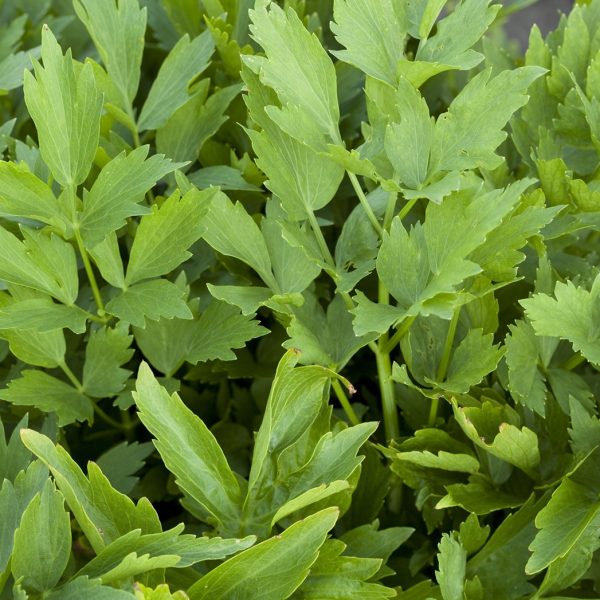-
How does it feel?
Haritaki is native to the Himalayas and Sri Lanka, typically growing at altitudes of up to 1500m. It is a large and deciduous tree that can reach 30m in height and a trunk girth of 2.5m. The bark is characteristically cracked and ‘exfoliating’ in appearance and it produces small yellowish-white flowers that have an unpleasant odour. The fruit is a drupe that grows to approximately 5cm and ranges from yellow to an orange-brown colour and becomes hard to the touch when it is ripe. It is the fruits that are valued medicinally.
-
What can I use it for?
Haritaki demonstrates antibacterial, antiviral and antiamoebic activity, with a particular affinity for the digestive tract. It effectively targets pathogens within the digestive system and encourages their expulsion from the system. Haritaki contains anthraquinone laxative compounds that will alleviate constipation, but it is also rich in tannins that help to tone the lining of the digestive tract bringing strength to the whole system. Haritaki is an effective astringent to the mucous membranes within the digestion, preventing further damage from prolapses, ulcerations and conditions such as leaky gut.
-
Into the heart of haritaki
 In Ayurveda, haritaki is considered as one the primary herbs for supporting the health of the digestive system and is part of the famous ‘Triphala’ formula. Haritaki is unique in that it will encourage bowel cleansing motions, whilst also toning and strengthening the digestive mucosa. It is a specific herb for use in the treatment of a wide range of digestive infections, but particularly those caused by the presence of parasites. Haritaki stimulate the digestive metabolism and improves general absorption rate, digestive efficiency and also supports the body’s ability to process lipids such as cholesterol. Haritaki with strengthen, nourish and rejuvenate the entire digestive tract.
In Ayurveda, haritaki is considered as one the primary herbs for supporting the health of the digestive system and is part of the famous ‘Triphala’ formula. Haritaki is unique in that it will encourage bowel cleansing motions, whilst also toning and strengthening the digestive mucosa. It is a specific herb for use in the treatment of a wide range of digestive infections, but particularly those caused by the presence of parasites. Haritaki stimulate the digestive metabolism and improves general absorption rate, digestive efficiency and also supports the body’s ability to process lipids such as cholesterol. Haritaki with strengthen, nourish and rejuvenate the entire digestive tract.The sennosides (anthraquinone laxatives) present in haritaki treat constipation and the tannins treat diarrhoea. It is salutary in digestive upset or dysentery caused by parasites or infection (Shigella spp), inflammation of mucus membranes, flatulence and borborygmus. It increases the digestive metabolism and clears undigested toxins and residues. Haritaki’s astringency and mucus membrane healing effects can benefit prolapse, ulcers, intestinal permeability and ‘leaky gut syndrome’.
Haritaki will reduce lipid deposits in the blood and liver.
Wet, mucous based coughs are cleared with haritaki which astringes all leakages from the body. It sends accumulated congestion downwards and helps to clear wheezing, weak voice and asthma.
Haritaki has a specific indicationin the treatment of all sorts of eye disorders including inflammation and conjunctivitis.
Haritaki can be added to a gargle for sore throats. Swill for stomatitis, gingivitis and periodontal disease; with cold water this encourages its astringent nature.
-
Traditional actions
Herbal actions describe therapeutic changes that occur in the body in response to taking a herb. These actions are used to express how a herb physiologically influences cells, tissues, organs or systems. Clinical observations are traditionally what have defined these actions: an increase in urine output, diuretic; improved wound healing, vulnerary; or a reduction in fever, antipyretic. These descriptors too have become a means to group herbs by their effects on the body — herbs with a nervine action have become the nervines, herbs with a bitter action are the bitters. Recognising herbs as members of these groups provides a preliminary familiarity with their mechanisms from which to then develop an understanding of their affinities and nuance and discern their clinical significance.
Ayurvedic actions
Chinese actions
-
Traditional energetic actions
Herbal energetics are the descriptions Herbalists have given to plants, mushrooms, lichens, foods, and some minerals based on the direct experience of how they taste, feel, and work in the body. All traditional health systems use these principles to explain how the environment we live in and absorb, impacts our health. Find out more about traditional energetic actions in our article “An introduction to herbal energetics“.
Chinese energetics
Western energetics
-
Did you know?
There are 7 types of Haritaki; vijaya, rohini, putana, amrita, abhaya,jivanti and cetaki which grow in different areas of India. Vijaya, growing in the Vindhaya Mountains, is a rounder fruit and is said to be the best. Rohini grows in Northern India (Paithan), Putana grows in Southern Pakistan (Sindhu), Amrita and Abhaya varieties grow in Bhagalpur district in Eastern India in Bihar,Jivanti in Saurashthra in Gujerat and Cetaki in the Himalayas. Images of the Medicine Buddha show him holding Terminalia chebula. This represents the respect and awe that Haritaki was held in for maintaining health and curing disease.
Additional information
-
Safety
No drug herb interactions are known.
-
Dosage
3–9g/day in a decoction, 250mg–5g as powder, or 3–12ml/day of a 1:3 in 25% tincture




























 In Ayurveda, haritaki is considered as one the primary herbs for supporting the health of the digestive system and is part of the famous ‘Triphala’ formula. Haritaki is unique in that it will encourage bowel cleansing motions, whilst also toning and strengthening the digestive mucosa. It is a specific herb for use in the treatment of a wide range of digestive infections, but particularly those caused by the presence of parasites. Haritaki stimulate the digestive metabolism and improves general absorption rate, digestive efficiency and also supports the body’s ability to process lipids such as cholesterol. Haritaki with strengthen, nourish and rejuvenate the entire digestive tract.
In Ayurveda, haritaki is considered as one the primary herbs for supporting the health of the digestive system and is part of the famous ‘Triphala’ formula. Haritaki is unique in that it will encourage bowel cleansing motions, whilst also toning and strengthening the digestive mucosa. It is a specific herb for use in the treatment of a wide range of digestive infections, but particularly those caused by the presence of parasites. Haritaki stimulate the digestive metabolism and improves general absorption rate, digestive efficiency and also supports the body’s ability to process lipids such as cholesterol. Haritaki with strengthen, nourish and rejuvenate the entire digestive tract.




